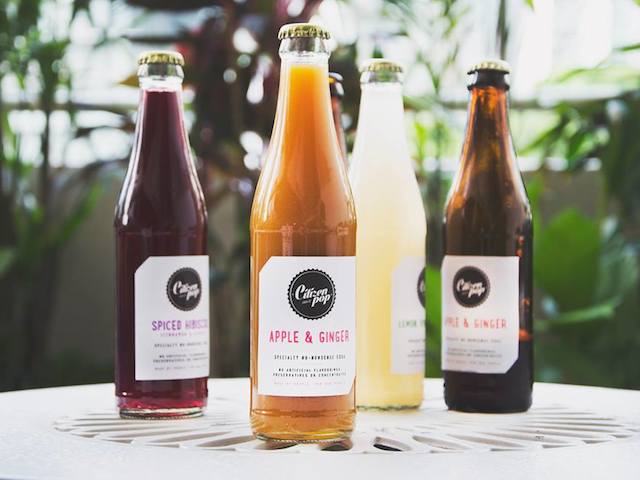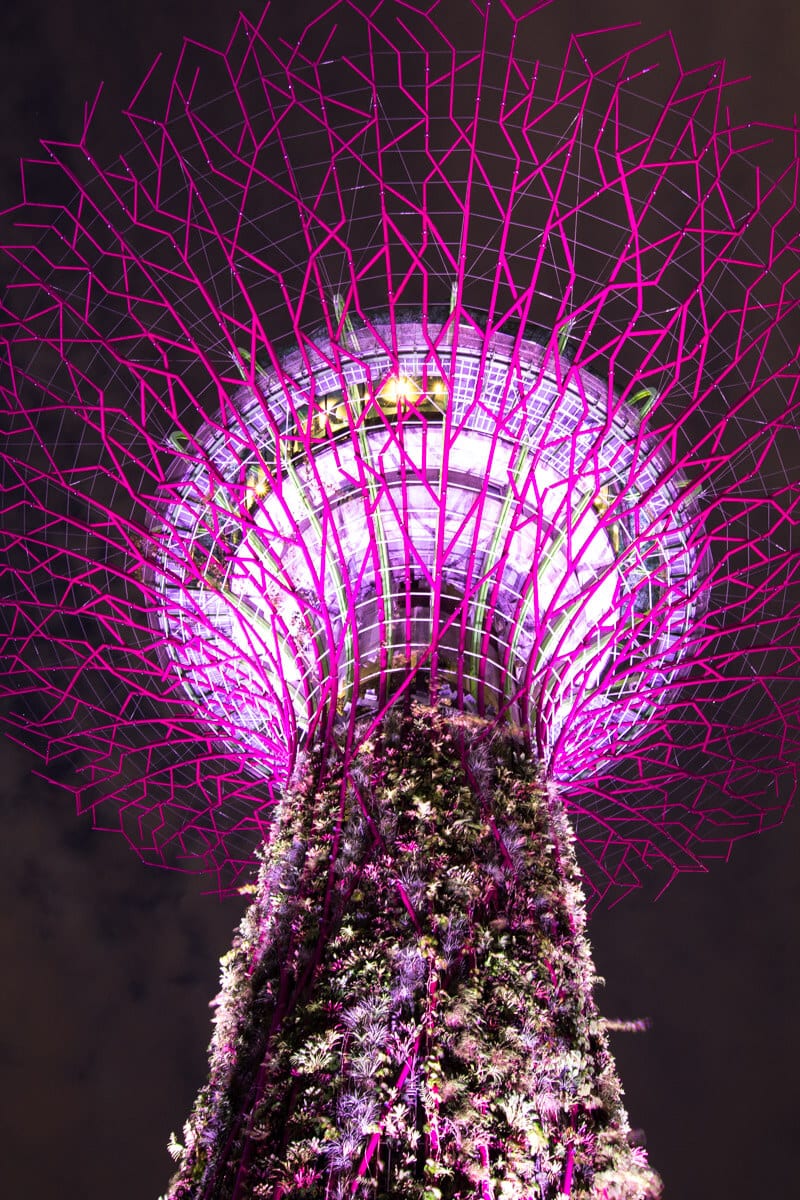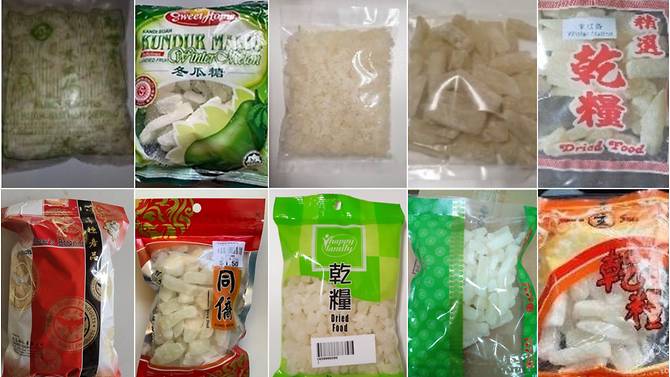
Granted, some of its imports like Wagyu Beef ($84/200g) fall a little on the pricey side, but you’ll also find affordable gourmet bento sets ($7-$15) and sashimi ($5-$15) that are made in-house on a daily basis.įor $3, enjoy a vanilla- or melon-flavoured soft serve ice cream from a Hokkaido milk farm. Image credit: more than 15 years, Meidi-Ya Supermarket has been the go-to Japanese supermarket for many Japanese expats living in Singapore. Meidi-Ya – Hokkaido treats including milk soft serve & cheesecake If that sounds like you, look no further – we’ve done the legwork and found 8 Japanese supermarkets in Singapore where you can find all the sashimi cuts, unique KitKat flavours and hand-brewed sake you love.ġ. Some of us even go out of our way to get authentic Japanese fresh produce and snacks too – even if we have to go round Singapore looking for these hidden gems. Singapore’s senior minister of state for the environment and water resources, Amy Khor, said in March that unlike other countries with mandatory plastic bag charges, Singapore incinerates plastic waste before putting it in landfills.Judging by the popularity of food like matcha desserts and sushi rolls in Singapore, it’s safe to say we love our Japanese food. Kim Stengert, chief communications officer for WWF Singapore, said the group would like to see Singapore adopt measures like mandatory charges for plastic bags or requiring firms to either pay for or participate in the collection and recycling of plastics. The local recycling industry has yet to feel the pinch of China’s waste ban, the NEA said, adding that for now it was still able to find overseas markets for recyclables.

It said Singapore was offering research grants for companies and organizations to develop sustainable waste management technologies, and planned to make it mandatory for large generators of packaging waste to report the types and quantities they use and their reduction plans by 2021.


These have included increasing the number of recycling bins and awareness campaigns. The NEA said it was implementing initiatives aimed at increasing recycling rates and reducing waste at the source. Only 6 percent of the 815,200 of plastic waste generated was recycled.Īnalysis of the NEA data by Reuters shows that plastic waste per capita has increased nearly 20 percent over the last 15 years. Plastics was the largest category of waste disposed of in Singapore last year - 763,400 tonnes - according to data from the National Environment Agency (NEA).

#ITEMS MADE IN SINGAPORE FULL#
But with the use of disposable products growing at a rapid rate, the ministry’s most recent estimates show that Semakau could be full a decade earlier. The tip on Semakau island was supposed to meet Singapore’s dumping needs until as late as 2045, according to environment ministry documents. Almost all of Singapore’s non-recyclable waste is incinerated, with the ash and some solid waste shipped to a man-made island nearby that doubles as a nature reserve.īut that solution looks as if it is running short on time.
#ITEMS MADE IN SINGAPORE FREE#
Singapore’s streets are glistening clean, its parks and beaches mostly free from the trash that plagues neighboring countries like Malaysia and Indonesia. Plastic bags and bottles are given out during an event in Singapore, April 28, 2018.


 0 kommentar(er)
0 kommentar(er)
